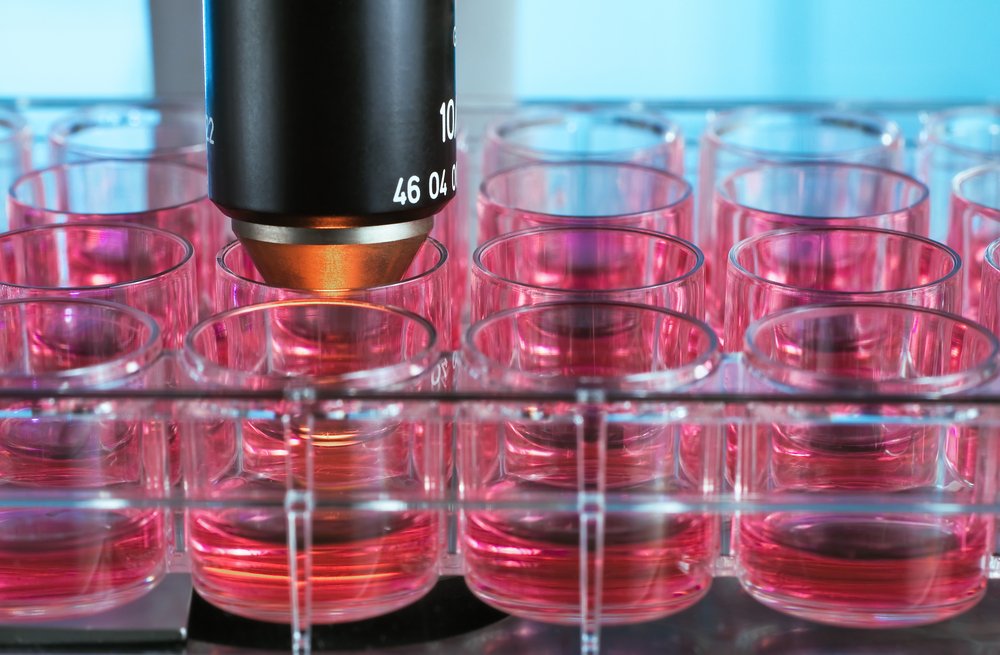Neuroprotective Pathway May Be Key to Understanding Huntington’s Progression

A team of researchers has discovered new insights into cell processes that have gone awry in Huntingon’s disease (HD) patients. This discovery could point scientists toward a potential method of interfering with those processes.
The study, “KEAP1-modifying small molecule reveals muted NRF2 signaling responses in neural stem cells from Huntington’s disease patients,” was published in the journal Proceedings of the National Academy of Sciences (PNAS).
The researchers, based at Massachusetts General Hospital (MGH), noted that brain stem cells from patients with Huntington’s disease have a blunted response to compounds that activate a neuroprotective molecular pathway. The severity of the mutation in the huntingtin gene predicted how little that pathway would be activated.
This lack of activity, however, was only seen in neural stem cells, as other patient-derived cell types reacted in a similar way to control cells.
The pathway under scrutiny is called NRF2, a master transcriptional regulator of cellular anti-inflammatory and antioxidant defense genes.
“NRF2 activates the expression of a large number of detoxification, antioxidant and anti-inflammatory genes, as well as genes involved in the clearance of damaged proteins,” Aleksey Kazantsev, PhD, senior author of the study performed at MGH’s Institute for Neurodegenerative Disease, said in a news release.
Previous experiments in animals and lab-grown cells had indicated this pattern. But NRF2’s role in human cells from Huntington’s patients had not been investigated until now.
“Previous work in cellular and animal models of HD demonstrated the neuroprotective efficacy of NRF2, but data in human HD cells have been lacking, precluding evaluation of the therapeutic potential of NRF2 signaling,” Kazantsev said.
The research team’s earlier work had produced two compounds, MIND4 and MIND4-17, that activated the NRF2 pathway.
The new experiments with these compounds confirmed that NRF2 activation leads to increased levels of antioxidants and has anti-inflammatory effects on microglia, or central nervous system immune cells, and macrophages. These cells are known to be active in the brain of late-stage Huntington’s patients. Researchers noted similar anti-inflammatory effects in a mouse model of the disease.
But when they tested neural stem cells from patients, the scientists noted that the compounds did not activate NRF2 as strongly as in other cell types. The severity of the gene mutation – the number of three DNA base repeats – was directly linked to the extent of response, they found.
Cells holding the number of repeats typically found in adult-onset Huntington’s disease had a response about half as potent as cells from healthy people. But when the number of repeats grew very large – as in child-onset Huntington’s – there was no response at all.
When the team reduced the number of repeats in these cells, NRF2 became activated when treated with the two compounds.
“These results in neural stem cells from HD patients are probably the most intriguing and significant of the study,” said Kazantsev, who now works at startup company Effective Therapeutics.
“It is interesting that antioxidant responses to NRF2 activation were only reduced in neural stem cells, which are known to be depleted in patients with HD, but remained intact in non-neuronal cells. While these results strongly suggest NRF2 activation as a promising therapeutic avenue, that can only be confirmed by human clinical trials,” Kazantsev said.






